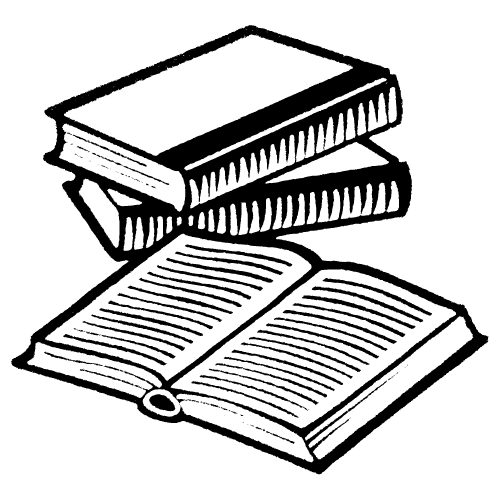
Student Notes – Brave New World by Aldous Huxley
Introduction:
Brave New World, written by Aldous Huxley and published in 1932, is a dystopian novel set in a futuristic world where society is meticulously controlled and engineered. The novel presents a chilling vision of a technologically advanced and hedonistic society, exploring themes of individuality, conformity, the nature of happiness, and the dangers of a totalitarian regime. This set of student notes provides a comprehensive overview of the key elements, themes, and characters in Brave New World, along with analysis and discussion points for further exploration and understanding.
Setting:
- The World State: The novel is primarily set in the World State, a global society where people are conditioned from birth and divided into different classes based on their predetermined roles and abilities.
Characters:
- Bernard Marx: The protagonist, an Alpha-Plus individual who struggles with his discontent and longing for individuality in the highly regulated society.
- John (the Savage): A character raised outside the World State who serves as a contrast to the engineered citizens, questioning their values and practices.
- Lenina Crowne: A Beta-Plus woman who embodies the values and ideals of the World State, but also experiences internal conflicts.
- Mustapha Mond: The World Controller who embodies the power and authority of the state.
Plot Summary:
- The novel follows Bernard Marx as he questions the values and practices of the World State and eventually encounters John, the Savage, who challenges the society’s norms and ideals.
- Themes: Individuality vs. Conformity, Technological Control, Happiness and Pleasure, Freedom and Oppression.
Key Themes and Symbolism:
- Individuality vs. Conformity: The novel explores the tension between individuality and societal control, presenting a world where individual freedom is sacrificed for the sake of stability and uniformity.
- Technological Control: Brave New World depicts a society in which technology is used to manipulate and control human behavior, blurring the line between humanity and machines.
- Happiness and Pleasure: The novel questions the nature of true happiness, highlighting the superficiality of pleasure in the World State and the absence of genuine emotional connections.
- Freedom and Oppression: Huxley presents a society that appears utopian on the surface but is ultimately oppressive, restricting individual freedoms and denying the value of personal expression.
Analysis and Discussion Points:
- Analyze the character of Bernard Marx, discussing his struggle with his own identity and his role as a critic of the World State. Reflect on his journey and its implications for the novel’s themes.
- Discuss the significance of John (the Savage) as an outsider and his role in challenging the values and practices of the World State. Explore his experiences and conflicts.
- Reflect on the role of technology in the novel, analyzing its effects on individual freedom, human relationships, and the control of society.
- Examine the portrayal of happiness and pleasure in Brave New World, discussing the novel’s critique of a society built solely on immediate gratification and the absence of meaningful connections.
- Discuss the implications of the novel’s ending and its exploration of the possibility of resistance and alternative paths for humanity.
Conclusion:
Brave New World presents a chilling vision of a future society where individuality is suppressed, and technological control dominates all aspects of life. Aldous Huxley’s thought-provoking exploration of themes such as conformity, happiness, and the dangers of a totalitarian regime continues to captivate readers and provoke critical thinking about the impact of technology and societal control on human nature. By engaging with the student notes provided, readers can delve into the complexities of Brave New World, gain a deeper understanding of its themes, and reflect on its relevance in our own increasingly technologically-driven world.





